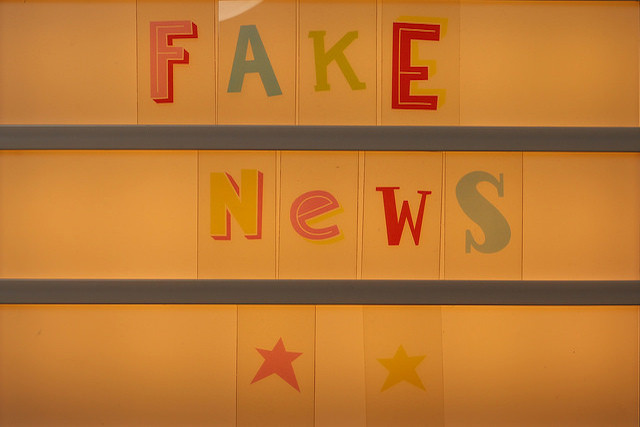Its survey results (pdf) showed that Luxembourg had the second highest proportion of people polled who “totally trusted” and “tended to trust” printed newspapers and magazines with 82% of the group. When the group was whittled down to people who read printed newspapers and magazines on a regular basis, Luxembourg dropped to seventh place with 84% totally trusting or tending to trust the content. In both instances, Finland had the highest trust levels in print media with 90% and 94% respectively.
When it comes to online news, Luxembourg respondents were similarly trusting with 65% of all respondents trusting online newspapers and magazines placing it fourth in the ranking. Of the group which reads these news sources regularly, 80% of Luxembourg respondents trusted what they read. The Danish showed the highest trust levels (71% and 84% respectively). Respondents in Hungary showed the lowest trust levels in both online and print news. Trust was even higher in radio news with 84% of Luxembourg respondents having faith in it and 89% of radio news listeners saying they trusted radio as a news source.
A high proportion of Luxembourg respondents said they trusted television news (79%), while among those who watched television 82% said they trusted it. Luxembourg respondents were trusting of television news, but considerably more skeptical of news reported on social networks and messaging apps, with just 35% of people polled trusting them, below the EU average of 36%. They showed similar distrust towards video hosting websites (41% trust).
Spotting fake news
Luxembourg ranked eighth for the frequency with which respondents encountered fake news: almost four in ten (38%) came across it daily, while a third said they spotted fake news at least once a week and one in ten said several times a month.
But Luxembourg respondents were the second least likely to say fake news was a problem for the country. And over two thirds of respondents (68%) said they could confidently identify fake news.
The report authors said that throughout the EU, they noticed that the higher the education levels of respondents, the more likely they were to recognise fake news. Meanwhile, online media users were more likely to encounter fake news than traditional media users.
